How do i start to homeschool my child
8 Steps to Homeschool Success
You've decided that you have the time, temperament, resources, and passion to homeschool your child. Now what? With so many decisions to make, the notion can seem overwhelming. Rest assured, says Linda Dobson, author of The Homeschooling Book of Answers: The 101 Most Important Questions Answered by Homeschooling's Most Respected Voices. "Nothing is so stringent that you need all your ducks in a row before you start."
Take a deep breath and review this step-by-step timeline. It covers everything you need to know and do before taking charge of your child's education.
1. Research Your Homeschool Options
Begin any time, no matter whether your child is a toddler or already has several years of elementary school under her belt. Some parents find the end of one school year is a good time to start their research because it gives them enough time to investigate the details and get started by autumn. Subscribe to magazines such as Homeschooling Today, visit the library, read books, and talk to people who homeschool — contact or join a local homeschool organization. Educating yourself about the various routes you can take is the best way to define why you are making this decision and what you hope homeschooling will accomplish for your family. Just don't get frustrated if you don't understand everything you read or hear.
2. Investigate Your State's Homeschooling Requirements
Homeschooling rules and regulations vary widely from state to state. In New York, for example, parents must file an annual declaration of intent with the local superintendent by July 1 or 14 days before starting to homeschool, as well as an individualized home instruction plan. New York parents must also maintain attendance records, submit quarterly reports, and conduct standardized tests. You can find detailed information on your state's laws at You Can Home School.
3. Join a Local Homeschooling Group
Meeting homeschoolers in your area will net you valuable information. Here you'll find other families who can answer questions, let you review their at-home teaching habits, and show you how homeschooling works for them.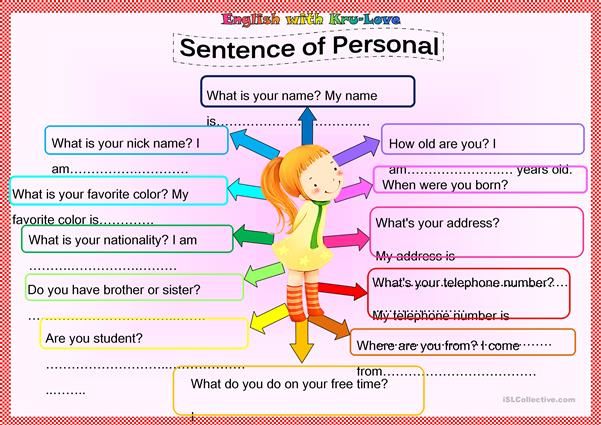 You can learn about age-appropriate activities your children may want to participate in, such as sports, tutoring, or small clubs that suit your child's interests. During weekly meetings, parents may opt to teach a subject such as a foreign language or a science lab to a group of students.
You can learn about age-appropriate activities your children may want to participate in, such as sports, tutoring, or small clubs that suit your child's interests. During weekly meetings, parents may opt to teach a subject such as a foreign language or a science lab to a group of students.
4. Decide on Homeschool Curriculum
Curricula can be purchased through mail order catalogues or at online stores, including Scholastic's Teacher Store (you'll need to register in order to buy). They vary from traditional textbooks and workbooks that cover reading, writing, and arithmetic to more individualized approaches that are guided by a child's own interests. State conventions and curriculum fairs, held several times each year, also showcase a variety of homeschooling publications and products.
5. Create Your Homeschooling Space
Will you be conducting classes at the kitchen table? Do you need a blackboard or a desk? How about empty wall space to post schedules, calendars, and completed work? Is there a computer nearby that's connected to the Internet? Get organized by purchasing storage cabinets and bookshelves for holding textbooks and workbooks.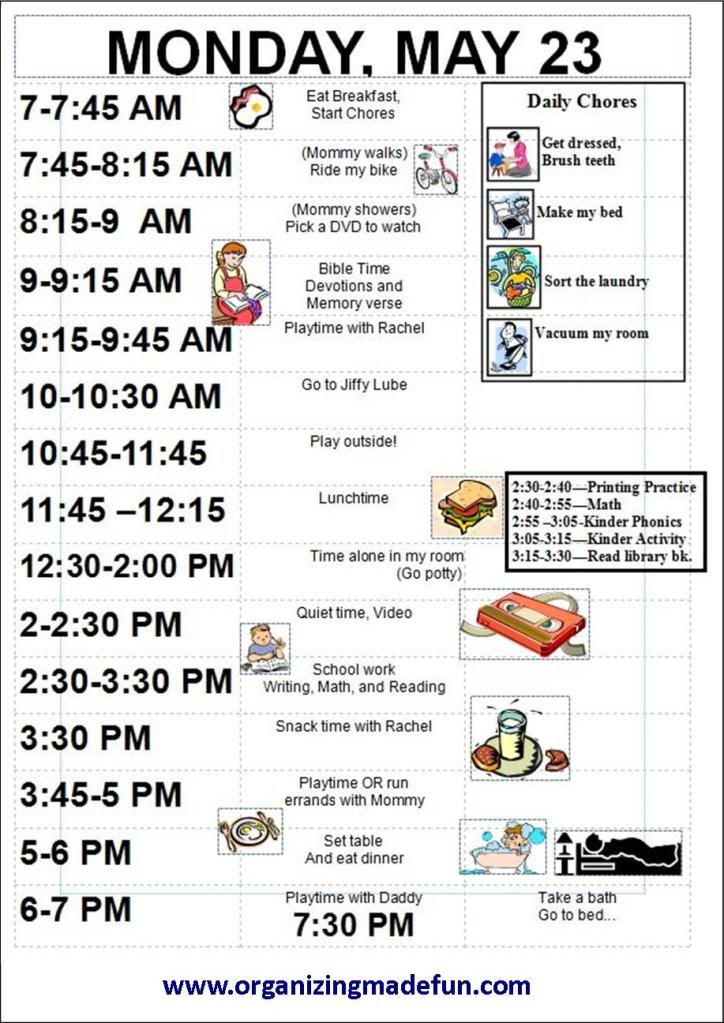 Baskets are also useful for keeping loose supplies under control.
Baskets are also useful for keeping loose supplies under control.
6. Set Specific Homeschooling Goals
Since homeschoolers proceed at their own pace, it's important, especially in the first year, to consider what you want to accomplish. Academics are important when you set short- and long-term goals, but they are not the only component of a child's education. For example, how will your child get physical activity? When will he socialize with other children? Consider the importance of extracurricular activities such as music classes or Boy Scouts. Network with other parents — homeschooling and not — to find the best activities. Also check local community centers, houses of worship, and newspaper advertisements and listings.
7. Define a Homeschooling Schedule
Create a plan to meet the goals you've outlined. While a schedule makes some people feel hemmed in, it helps, especially in the beginning, to be organized and have a mission, says Dobson. Purchase a plan book and consider how you want to break up your child's academic schedule and each subject you want to work on. Consider how you want to break up your learning week by week too. Make time for field trips and visits to the library. And remember, flexibility is one of the key appeals of homeschooling. You can always adapt your schedule to your child's changing needs.
Consider how you want to break up your learning week by week too. Make time for field trips and visits to the library. And remember, flexibility is one of the key appeals of homeschooling. You can always adapt your schedule to your child's changing needs.
8. Watch Out for Common Homeschooling Pitfalls
Homeschoolers say there are three issues that often stymie beginners. First: feeling isolated. Make sure you've followed the advice in Step 3 and joined a support group. It's not just for the kids, although socialization is critical for them. Homeschooling parents need to connect with likeminded adults too.
Another potential problem is committing to a curriculum too early. Dobson notes that some new homeschoolers purchase an expensive packaged curriculum right away, only to find that it doesn't suit their child's learning style. Experiment for a while before you plunk down a lot of cash.
Finally, know that you'll need to learn as you go. Adjusting to the freedom and flexibility of homeschooling is a challenge.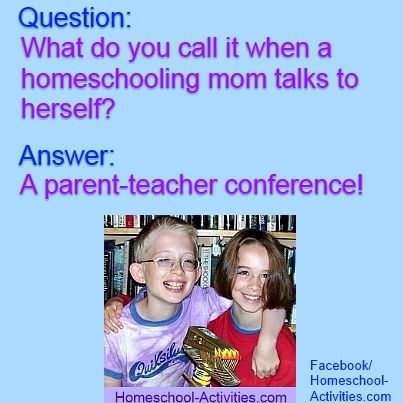 There are so many ways to approach your task. Remember that you'll be defining — and constantly redefining — yourself as you go.
There are so many ways to approach your task. Remember that you'll be defining — and constantly redefining — yourself as you go.
Getting Started Homeschooling | Homeschool
Thinking about how to homeschool as a new homeschool parent can be overwhelming at first. You have a lot to consider—from the curriculum to state requirements. But the time invested at the beginning will be well worth it. In the end, you’ll have more time to spend with your kids and a more flexible schedule and learning experience. If you’re new to homeschooling and wondering where to start or are not sure what you need to homeschool your child, we’re here to offer homeschool help. After years helping families get started homeschooling, we’ve gathered a list of steps to follow as you begin the homeschool journey, as well as many of the questions new homeschoolers must consider.
How to Start Homeschooling
- Decide why you’re homeschooling.
- Learn your state’s homeschool laws and requirements.

- Decide when to start homeschooling.
- Consider accreditation.
- Create a plan for your first year.
- Decide where to homeschool.
- Choose a homeschool method.
- Learn how your children learn.
- Research your homeschool curriculum options.
- Find support.
Decide why you’re homeschooling.
As you’re thinking about how to start homeschooling, consider why you’re starting on this path. The reasons behind your decision can inform the goals you set. In turn, your goals for your homeschool journey can inform decisions you make about your homeschool method, teaching style, and curriculum choices. The following questions can help you decide on your goals.
- Do you want to ensure your children learn from a biblical worldview foundation?
- Do you want to protect your children from an unhealthy environment or certain negative influences?
- Do you want your children to meet higher academic standards?
- Do you want your children to be able to learn at their own pace?
- Do you want your family to have a more flexible schedule for spontaneous adventures or extracurricular activities?
As you set goals for your homeschool, think about where you’ll be starting.
 If you’re learning how to homeschool your 4-year-old, your journey will be different than someone starting to homeschool a tenth grader.
If you’re learning how to homeschool your 4-year-old, your journey will be different than someone starting to homeschool a tenth grader.What age should I start homeschooling my child?
There’s no right age to start homeschooling a child. Whether now is the best time to start homeschooling depends on your family and, specifically, the needs of each child. If your child is suffering in a public or private school environment and you are confident homeschooling will help them succeed or thrive, it doesn’t matter if you start in kindergarten or halfway through eleventh grade. On the other hand, if you believe your children will be more successful if they go through the elementary grades in a public or private school before starting to homeschool, then that can work just as well.
Can you start homeschooling in high school?
Yes, you can begin homeschooling at any level. However, you’ll have a few more questions to consider if you decide to start homeschooling your child later.
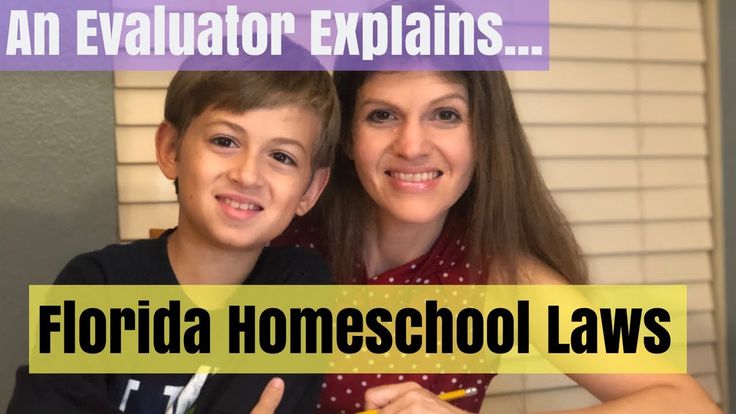 But resources for independent learning and online teaching make homeschooling through high school 100% doable.
But resources for independent learning and online teaching make homeschooling through high school 100% doable.Learn your state’s homeschool laws and requirements.
Homeschooling laws vary from state to state. Since some states require notice of intent to homeschool, you need to learn which laws apply to you early in your research. The Home School Legal Defense Association (HSLDA) shares a resource for quickly finding information on state laws.
What states do not allow homeschooling?
Homeschooling isn’t illegal in any state, but some states do have strict laws that can make it difficult to homeschool.
States with the strictest homeschool requirements
- Vermont—in addition to standard requirements (notice of intent to homeschool and annual testing), Vermont requires you to submit an academic narrative detailing everything you will teach.
- New York—in addition to standard requirements, you must submit an academic plan that details all the materials you will use as well as quarterly reports on your children’s education.

- Massachusetts—in addition to standard requirements, you must inform your local school board or the state department of education of what curriculum you’ll use.
- Rhode Island—in addition to standard requirements, you must be approved to homeschool and review your district’s homeschooling requirements for additional expectations.
- Pennsylvania—in addition to standard requirements, you must submit a plan, maintain a portfolio, and have your children evaluated by a licensed teacher or other qualified person (this evaluation is unique from standardized testing).
Can you begin homeschooling outside the U.S.?
International homeschool freedoms vary by country. Military and missionary families may have unique opportunities for homeschooling that may not be the same for families working internationally or for citizens. The HSLDA monitors homeschool freedoms in other countries and may be able to help you get started in your country.

What do I need to homeschool my child?
In most states, you don’t need to qualify as a certified teacher to homeschool your children. Many states only require that you have a high school diploma or GED to homeschool. But others, like Washington and Minnesota, do require you to be a certified teacher, have a college degree, or be overseen by a certified teacher.
Homeschooling requirements for parents
- GED or high school diploma
- A notice of intent to homeschool
- Annual standardized testing requirements met
- A written curriculum covering all core courses
- A plan to homeschool for at least 180 days
What is a notice of intent to homeschool and how do I submit it?
A notice of intent to homeschool is a form required by many states notifying your local school board that you will be homeschooling your child. States requiring an educational plan will also require this information with your notice of intent.
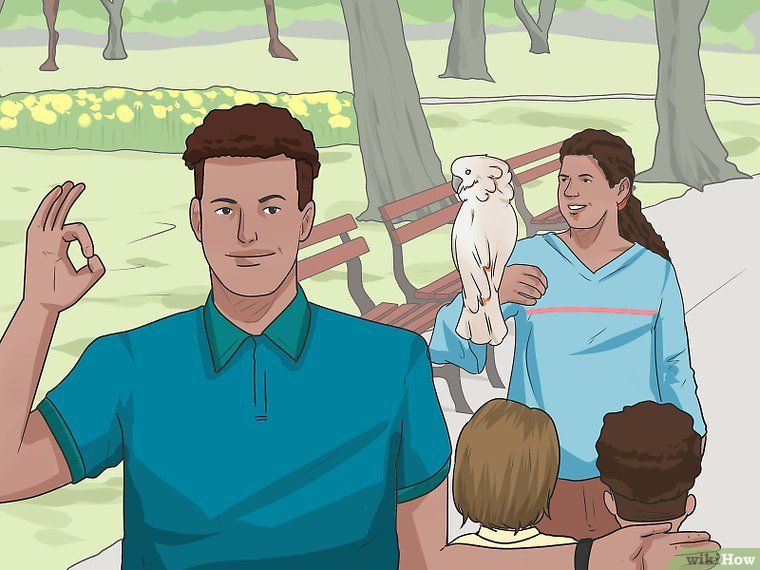 You should print and mail your notice to your local school board or email it if your school board provides an address. State departments of education may provide a form for you. If no form is provided but a notice is required, templates are available online.
You should print and mail your notice to your local school board or email it if your school board provides an address. State departments of education may provide a form for you. If no form is provided but a notice is required, templates are available online.Decide when to start homeschooling.
You can start homeschooling any time you want, even in the middle of a school year. Once you are sure you want to homeschool and are satisfied you’ve completed all the legal requirements and that your children are free from any obligations in public or private schools, you can begin your homeschool year. But remember, you must meet reporting requirements as they come. Be sure to include any reporting deadlines and requirements in your homeschool plan.
Should you start homeschooling in the middle of the school year?
You can start homeschooling mid-year. You may meet some resistance from school administrators if you are pulling your children out of public school, but if homeschooling better fits your children’s emotional, spiritual, academic, and medical needs, you can find support in homeschool communities and legal associations like the HSLDA.
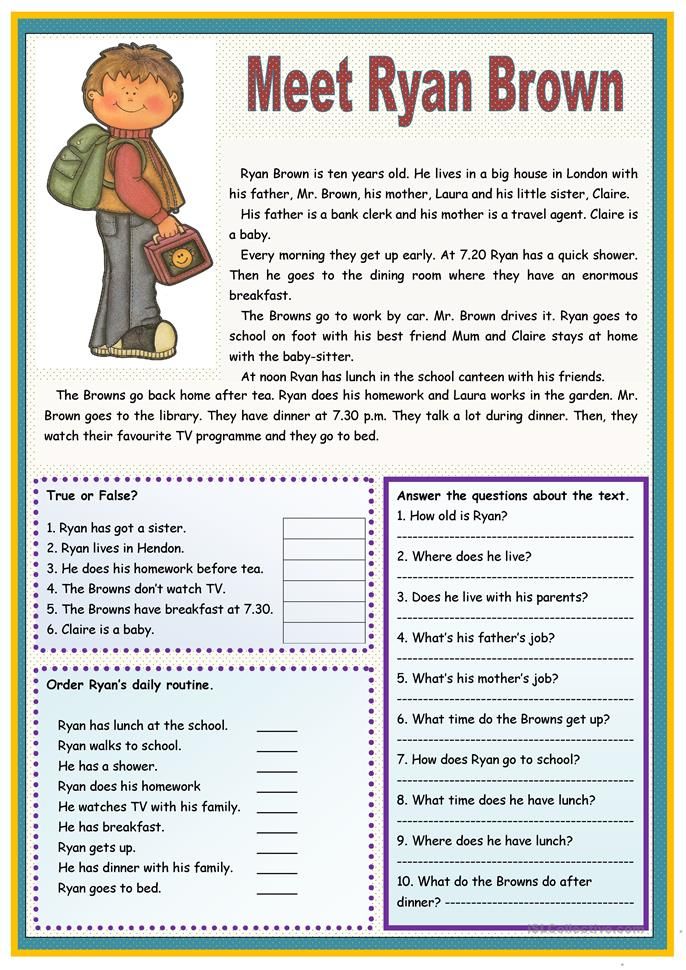
What to consider when starting your homeschool mid-year:
- Can your curriculum be started at any time in the year?
- Will your children need to restart their grade?
- Does your curriculum allow you to skip content your children have already learned?
- Can your homeschool begin fast enough to meet legal requirements?
What is year-round homeschooling?
Year-round homeschooling maintains an ongoing teaching and learning schedule without extended summer or winter breaks. Year-round homeschoolers often enjoy a more relaxed but consistent schedule throughout the year. They don’t usually complete material faster or proceed through grade levels quicker. Instead, they might have a four-day-week, more regular breaks, or shorter school days.
How long does it take to start homeschooling?
You can start your homeschool year in 1–2 months with proper planning. With a bit of determination and decisiveness, it’s possible to start your first homeschool year in one week—the time it takes for textbooks to ship to your house.
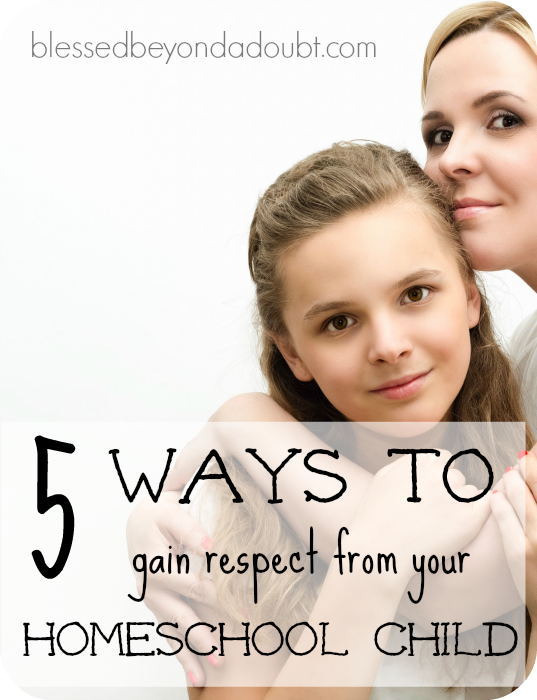 Just make sure you’ve fulfilled all your state’s requirements.
Just make sure you’ve fulfilled all your state’s requirements. Consider accreditation.
Accreditation is not required by any state laws and typically does not apply to homeschooling. Depending on your goals, pursuing accredited homeschool programs may not ever be relevant to you. If you’re planning on homeschooling high school, you should review some additional information about accreditation and what it might mean for your homeschool.
How do you get school credit?
States don’t require you to submit a list of credits your child has earned, but it may be helpful to know your state’s graduation requirements if you intend to homeschool through high school and issue a homeschool transcript yourself. Your state’s department of education provides graduation requirements on their webpage. Once you know your state’s credit requirements, you’ll also need to understand what counts as a credit.
Create a plan for your first year.
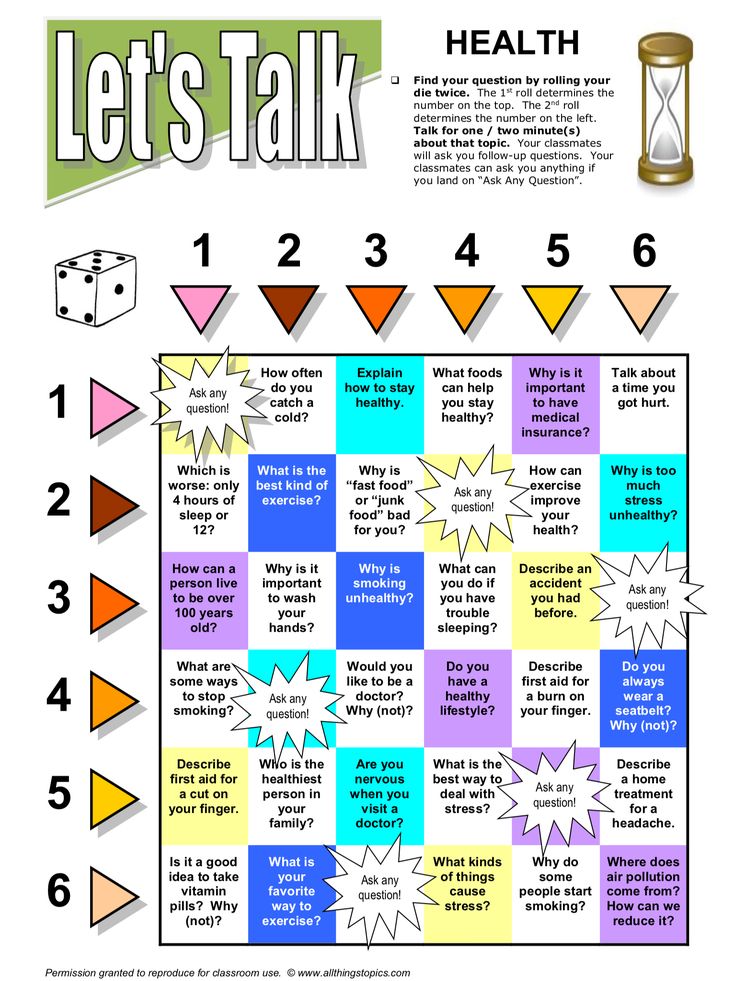
You don’t have to plan the next 18 or more years before you can start homeschooling. You just need a starting place for this year. Experienced homeschool families often say they didn’t find their groove until their second, third, or even fourth year of homeschooling. Your plan will change as you learn more about your children and yourself. Your first-year plan can be very fluid, but you’ll need to consider what your teaching schedule will look like, what kind of records you’ll be keeping, and where day-to-day learning will take place.
How do I keep homeschool records?
Depending on state requirements, you’ll need to save—and store—records from your years. Recording your grades will help you create a homeschool transcript. You might also need to track days spent homeschooling. A good homeschool planner will be a helpful resource for these aspects of record keeping.
You may also want to save copies of graded tests (chapter tests and finals), graded essays, writing assignments, projects, and any associated rubrics.
 These items can be instrumental in creating a digital homeschool portfolio. Joining a homeschool record-keeping service can also help. Homeschool record-keeping services take grade reports from homeschool families and turn them into official homeschool transcripts.
These items can be instrumental in creating a digital homeschool portfolio. Joining a homeschool record-keeping service can also help. Homeschool record-keeping services take grade reports from homeschool families and turn them into official homeschool transcripts.You won’t usually need to keep curriculum for your records, but saving and storing books might be helpful for homeschooling younger children.
Decide where to homeschool.
Homeschooling implies your kids will be learning from home, but you should create a homeschool space for focused learning. Your homeschool space can be just as fluid as you need it to be. Many homeschoolers do most of their schooling at the dining room or kitchen table. Some have dedicated homeschool spaces. Others choose to homeschool wherever the kids prefer to be—the living room couch, the front porch, or up in a treehouse.
You should homeschool wherever makes the most sense for your family and your space.
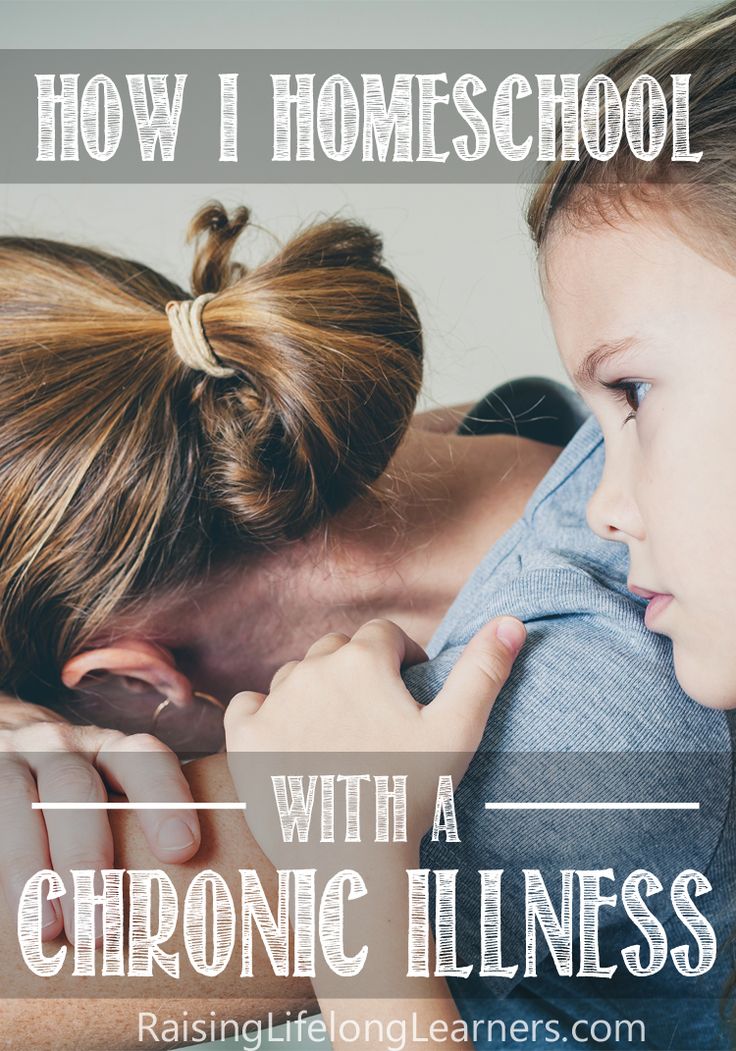 Just note that you’ll need to store your curriculum for the year and all other resources somewhere accessible for everyone who needs them.
Just note that you’ll need to store your curriculum for the year and all other resources somewhere accessible for everyone who needs them.Choose a homeschool method.
A homeschool method is the approach or style you take for teaching your children. Different homeschool styles impact what curriculum you use and may also affect your day-to-day life. Some methods are heavily child-focused while others are more learning-focused.
Popular homeschooling methods:
- Traditional
- Charlotte Mason
- Classical
- Unschooling
Traditional homeschooling
The traditional method of homeschooling most closely resembles a brick-and-mortar school. You typically use a standard, big-box, or all-in-one curriculum, and you might find yourself with a fixed schedule. This is often the method new homeschooling families start with because it’s what most people are familiar and comfortable with.
 It’s a good starting place, especially if you live in a strict homeschooling state.
It’s a good starting place, especially if you live in a strict homeschooling state.Charlotte Mason
Charlotte Mason was an author, educator, and speaker who emphasized teaching the whole child with quality literature (also called living books), exploration of nature, art, and direct interaction with learning concepts. In the Charlotte Mason method, activities require students to fully engage with what they’re learning—they have to move and interact with nature, they copy lessons word for word, journal about their thoughts and ideas. Her method makes learning a way of life rather than a task to be done. With consistent use of narration, dictation, and journaling, learning becomes an ongoing conversation between parent or teacher and the child.
Classical Method
Perhaps one of the oldest teaching styles, a classical education is designed to move with children through their own states of development so they learn skills they are mentally and developmentally ready to learn.
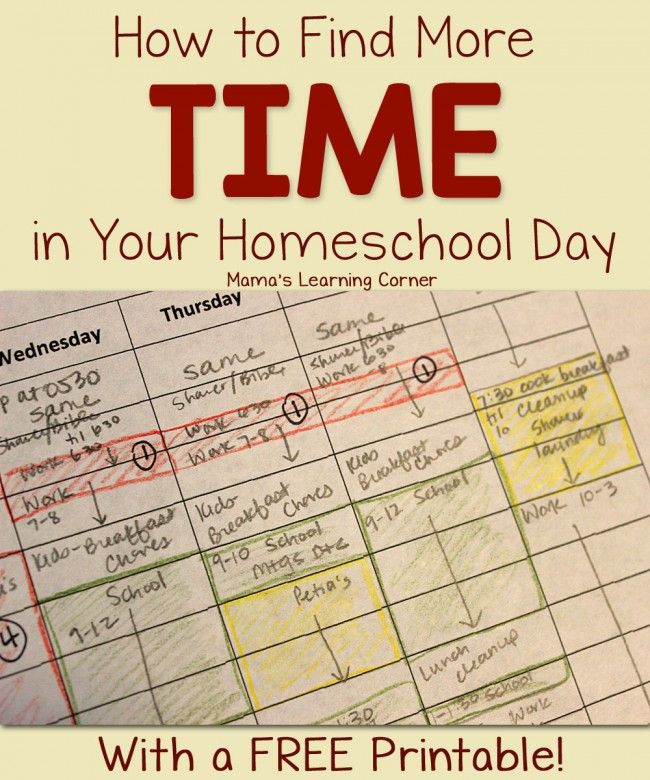 The three learning stages, called the Trivium, represent the developmental stages children progress through: grammar, logic, and rhetoric.
The three learning stages, called the Trivium, represent the developmental stages children progress through: grammar, logic, and rhetoric.What is unschooling?
Not to be confused with deschooling, unschooling is a homeschooling style that focuses purely on the child’s interests. Textbooks and curriculum are only used if they satisfy a child’s desire to know what is in them. There is no class schedule, there are no assignments, and students don’t take tests or complete regular projects.
Unschooling allows children to just be children, and it encourages them to follow and learn about their interests—at their own pace and on their own time.
Learn how your children learn.
The better you know and understand your children, the better you will be able to customize their education according to their unique learning needs. Getting to know your children might mean observing what most often prevents them from learning or discovering the learning style or styles that most often engage them.

What are learning styles?
Learning styles are the ways children process information with their senses. Some children learn better when educational activities fit a certain style. All children learn best when they can interact with information using multiple senses.
Styles of learning
- Visual Learners: These learners need to see information. They learn best from infographics, graphs, charts, pictures, and video material.
- Read/Write Learners: These learners prefer to learn by reading information and taking notes. They use their inner monologue and writing their thoughts to understand and process information.
- Auditory Learners: These learners need to hear concepts explained and explain concepts themselves. They do best with lecture and discussion.
- Kinesthetic Learners: These learners must do things to learn. They need to move manipulatives around, act out information, and feel the shape of each concept.
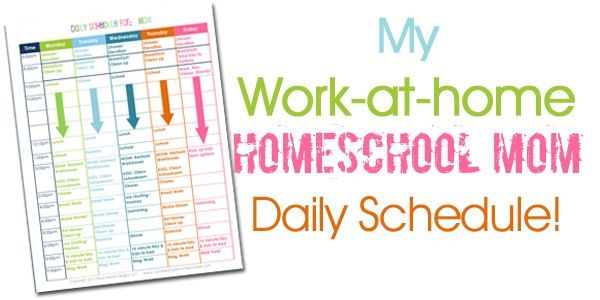
Research your homeschool curriculum options.
Your curriculum is a vital tool for your homeschool journey. Given its importance, it’s ok to devote time to research curriculum options and find one that meets your needs. As you research, look for curriculum publishers that fit with your family’s needs, your goals, and your children’s learning needs.
- Does the curriculum publisher offer all-in-one or à la carte resources?
- Do they teach from a biblical worldview?
- Do they offer materials that support multisensory learning?
- Is their material designed for parent-led homeschooling or independent learning?
All-in-one vs. à la carte
An all-in one (sometimes called big box) curriculum option includes everything you need for all the subjects for a whole year in . If you prefer to pick and choose the materials you use from subject to subject from different publishers, you need a curriculum that allows resources to be purchased separately.
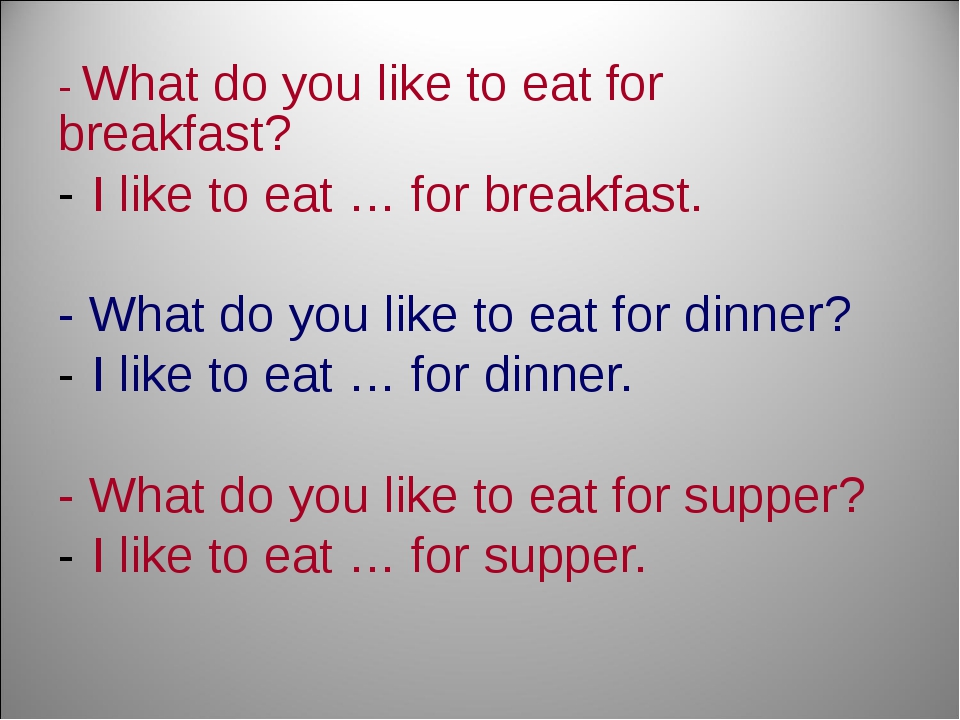
Christian vs. secular homeschool curriculum
If discipleship and biblical worldview foundations are part of your goals and reason for homeschooling, then Christian curriculum resources will support you in your approach.
Top Christian curriculum publishers
- BJU Press
- Abeka
- Apologia
- AOP
- Sonlight
- My Father’s World
- Easy Peasy All-in-One Homeschool
Parent-led vs. independent learning
Parent-led curriculum are designed to be taught to each child, while resources for independent learning are either given directly to the child for learning or are alongside video teaching resources. Parent-led homeschooling means that you or another primary instructor teach lessons yourself with a teacher edition, answer keys, and other resources. This method is often best for children with unique learning needs. Independent learning resources allow children to take responsibility for their own education.
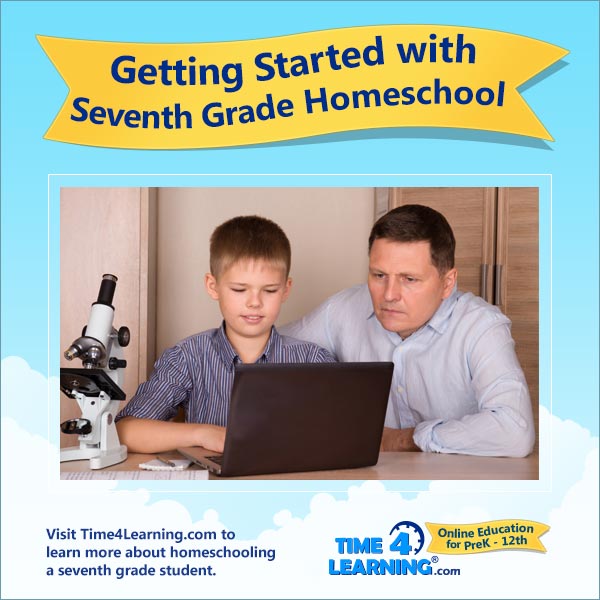 The teaching content is heavily weighted to the student edition or video lessons. The parent is more of a facilitator who checks each child’s progress and evaluates work. Curriculum that can support independent learning is especially valuable for large families with children in multiple grades.
The teaching content is heavily weighted to the student edition or video lessons. The parent is more of a facilitator who checks each child’s progress and evaluates work. Curriculum that can support independent learning is especially valuable for large families with children in multiple grades.Best all-in-one curriculum options
- BJU Press—Offers resources and support for both parent-led and independent learning for all subject areas for K–12 as well as elective courses.
- Abeka—Offers resources and support for both parent-led and independent learning for all subject areas for K–12 as well as elective courses.
- AOP—Offers resources and support for both parent-led and independent learning for all subject areas for K–12 as well as elective courses.
- Sonlight—Offers resources and support for parent-led learning for K–12 history, Bible, literature, science, electives, and AP studies and curriculum partnerships that include independent learning for math.
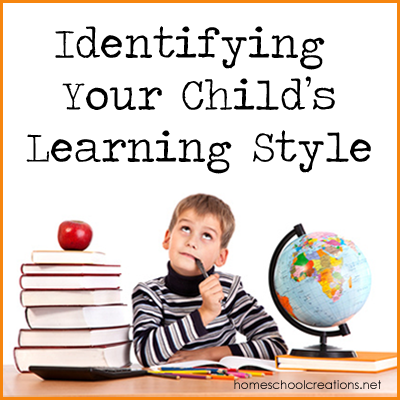
- My Father’s World—Offers resources and support for parent-led learning for all subject areas for K–12 as well as elective courses.
- Time4Learning—Offers resources and support for independent learning for all subject areas for K–12 as well as elective courses.
- Easy Peasy All-in-One Homeschool—Offers resources and support for independent learning for all subject areas for K–12 as well as elective courses.
Can I homeschool for free?
Yes, either by gathering materials and planning lessons yourself or by using a pre-made, free curriculum. You could also join an online public school, but make sure the school’s requirements don’t conflict with your homeschool goals. While homeschooling for free is possible, you should be aware that a free curriculum may not be complete for your needs—depending on state requirements or requirements from any other relevant organization—and the resource may not be up-to-date.

Resources for free or low-cost homeschooling
- Easy Peasy All-in-One Homeschooling
- Connections Academy (online public school)
- Homeschool Buyers Co-op
Find support.
No parent can take on the soul responsibility of training and raising their children without adequate support form family, friends, and mentors. While having family that supports and validates your choice to homeschool is valuable, you will also want friends who share the homeschool experience with you. These friends can offer advice and encouragement based on personal experience.
Homeschool co-ops
Co-ops are groups of families that meet up to teach classes, plan field trips, or just provide a much-needed break from the day-to-day routine. The main drawback to co-ops is they’re hard to find. A co-op may not be available in your area. But if you know several families in your area that homeschool, there’s no reason you can’t start your own homeschool co-op.
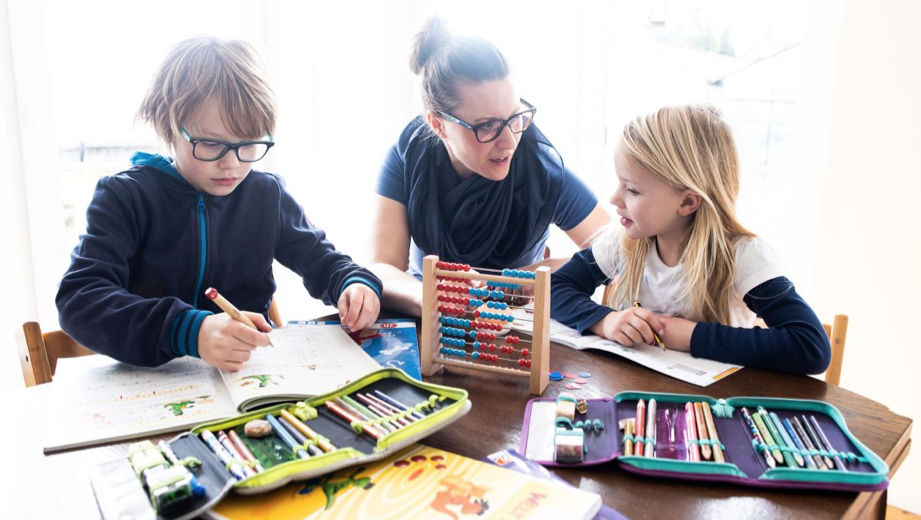
Online homeschool communities
Online groups of homeschool families often come together on social media or as followers of homeschool bloggers. Search on Facebook for like-minded homeschool communities to join and collaborate with.
Homeschool conventions
A local homeschool convention brings together many homeschool families for a special time of learning and growing. Homeschool conventions are usually large events that happen once or twice a year in each state. Speakers share wisdom, insight, and encouragement, and many vendors set up booths to share homeschool curriculum and other resources. These events can offer a valuable opportunity to connect with other families attending. Teach Them Diligently and Great Homeschool Conventions are national organizations that set up conventions in many states. There are also state-level organizations that set up state-specific conventions.
HomeWorks by Precept consultants
HomeWorks by Precept consultants are experienced homeschooling parents who have been on this journey for a while now.
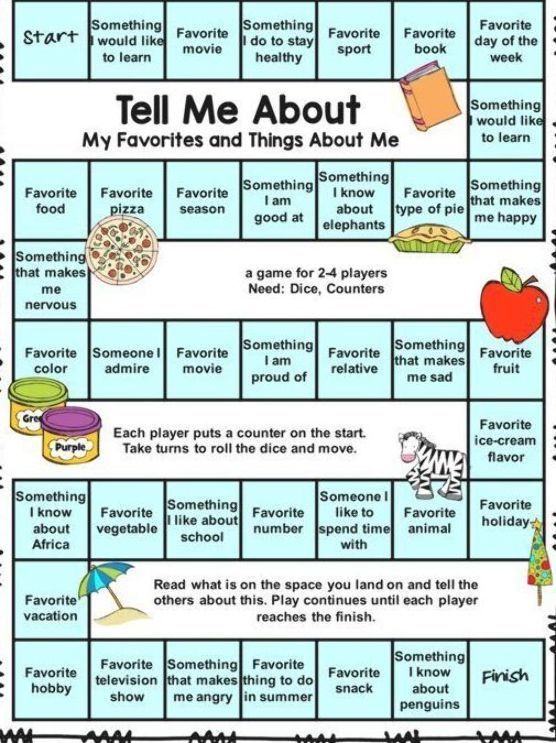 They love connecting with fellow homeschooling parents to offer insight and help form connections. Being able to offer discounts on BJU Press materials is an added perk. You can reach a consultant near you either at an event or by messaging them.
They love connecting with fellow homeschooling parents to offer insight and help form connections. Being able to offer discounts on BJU Press materials is an added perk. You can reach a consultant near you either at an event or by messaging them. Starting to homeschool is very much like researching a private school or a neighborhood to raise your kids in. There’s a lot of information and questions to answer, but it’s all an investment in your children and their future. But as you research and prepare for your journey, you will be able to recognize what is and is not important for your homeschool.
This is the beginning of a 12-to-14-year journey with each of your children. It’s a big choice, and it might be overwhelming at first. There will be seasons of planting, seasons of growing, and seasons of harvesting. Anyone can homeschool, but homeschooling may not be right for every family.
Throughout each step as you get started, keep talking and walking with God, and include your whole family in the decisions ahead.

How to organize home schooling for a child
How to teach a child at home
Home schooling or family education is one of the forms of education in the Russian Federation established by law, in which a student receives knowledge in a family and is attached to a school only for the period of certification .
Homeschooling should not be confused with homeschooling, a way of organizing the learning process for children who cannot attend school for health reasons.
How to start homeschooling
To start teaching your child at home instead of school, you need:
- Notify the local education authorities. You can apply to transfer to homeschooling in person, by mail, or online.
- Drop out of school. Bring an application to the school about the transition to a family form of education and pick up the child's documents: a personal file, certificates of education and certification.
 They will be needed to attach to another school for passing intermediate certifications.
They will be needed to attach to another school for passing intermediate certifications. - Select a school for assessments. She must have a license for educational activities and state accreditation, and the charter necessarily fixes the possibility of enrolling external students. For your convenience, it would be better to choose a school with the possibility of remote certification. It is also recommended to conclude an attestation agreement with the school that regulates the dates, form and procedure for passing attestations in each subject.
For a detailed guide to transitioning to family education with samples of required documents, see here
<
How to organize homeschooling
After all the formalities are settled, the most important thing remains: to decide how to organize the learning process at home. There are several models of organizing family education, each with its own advantages and disadvantages, which can be combined with each other:
- Parent-teacher.
 Teaching a child on your own, you are free to choose any program and teaching method, besides, you do not have to pay for the work of specialists. However, teaching a child at home requires a lot of time from parents, competence in all school subjects and developed pedagogical skills.
Teaching a child on your own, you are free to choose any program and teaching method, besides, you do not have to pay for the work of specialists. However, teaching a child at home requires a lot of time from parents, competence in all school subjects and developed pedagogical skills. - Tutoring services. Qualified teachers in individual lessons are able to give the child a quality education. The downside is that the services of good tutors are not cheap.
- Online school. Distance learning allows you to solve a whole range of problems. Studying in an online school, the child receives systematic school knowledge in all school subjects with minimal participation of parents. In addition, you can study on the Web at any time and from anywhere in the world - you only need access to the Internet. Education in online schools is paid, but it is cheaper than hiring tutors for each subject.
Whichever way you choose to teach your child at home, try to adhere to the following guidelines.
Tip 1. Keep your child's interest
Home education requires parents to be responsible for their children's knowledge. Mom and dad should be ready to answer questions and understand complex topics. You can’t blame tutors or send your child to Google. At the same time, to teach a child at home, it is not necessary to be an expert in all areas. All that is needed is a broad outlook and a willingness to deepen knowledge as necessary.
Try to stimulate your child's natural curiosity.
Refresh your school curriculum as you transition to homeschooling. To do this, you may have to leave your comfort zone, overcome boredom and fear of unloved objects. To make it easier, refer not to textbooks, but to popular science books and films.
Sergei Didyk, father of two children in family education, shares his experience: “You can adjust the educational process to the abilities, opportunities, interests of the child, and even the current situation in the family. You can adjust the depth and speed of mastering the subject: what the child is most interested in is studied in detail;
You can adjust the depth and speed of mastering the subject: what the child is most interested in is studied in detail;
Tip 2. Don't try to be a multi-subject
The thought of teaching a child at home causes some adults to panic. Sophia Pascal, the mother of a student at Foxford Home School, admitted this in an interview: “Despite the fact that I had a living example of homeschooling before my eyes (the children of my friend were at family school), I was still scared. What if I can’t explain something, and my daughter will have a gap in knowledge?
But a parent who decides to organize homeschooling does not have to turn into a multi-subject teacher. Professionals should explain and work out new material. For example, at the Foxford home online school, classes according to the school curriculum are taught by strong teachers, and the courses are aimed at obtaining systemic knowledge.
<